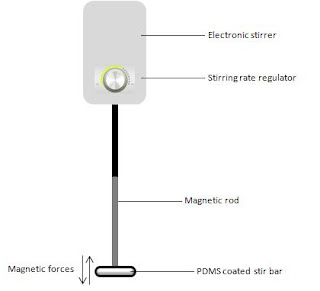Zinc oxide/graphene composite for the selective SPME of sulfur compounds
Zinc oxide has been used as coating in solid phase microextraction (SPME) due to its good properties including thermal stability and affinity towards different analytes. In this sense, ZnO presents a high interaction with sulfur-containing molecules due to the strong coordination between Zn and S. However, this interaction is not completely exploited in SPME since pure ZnO coatings, prepared by sol-gel procedures, have a low surface area due to the enwrapping of ZnO nanoparticles (NPs) in the sol-gel network. In a recent article accepted for publication in Journal of Chromatography A, researchers from the Sun Ya-sen University at China have proposed a new approach to avoid this shortcoming. The proposal consists of the use of graphene as ZnO NPs support. The ZnO NPs are grown in the graphene (G) surface producing a composite which is final attached to a silica fiber by a sol-gel reaction in order to prepare the SPME coating. The whole synthetic procedure is described in detail in
